Groningen, one of the most beautiful little cities in the Netherlands ( Holland ), is situated at the meeting point of the Hoornsdiep and Winschoterdiep canals. Here are the top ten reasons to visit this gorgeous Dutch city.
Groningen is an even greater biking paradise than Amsterdam!
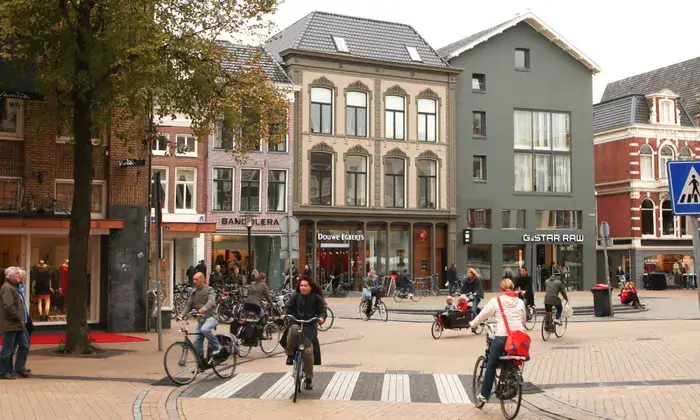
People think of Amsterdam when they think about the world’s cycling city. However, it may be a shock that Groningen is the category winner. Biking accounts for more than 60% of all travels in Groningen, and it has been a part of the locals’ daily routine for the past 150 years.
Groningen is certainly a biking paradise. Biking along the brick-paved streets of Groningen is the greatest way to explore the city. Furthermore, it combines enjoyment, fitness, convenience, and sustainability. The video below provides an amazing overview of how Groningen became a cycling city and includes great pictures of the city’s landmarks and what it’s like to pedal through the city!
Make sure you rent a bike when you visit Groningen. Groningen’s bike lanes have their own set of traffic lights. The paths take you throughout the city. The only issue you might have with your bike is having it stolen or not being able to locate a spot to “park” it.
Groningen includes canals, boats, and charming pedestrian streets.
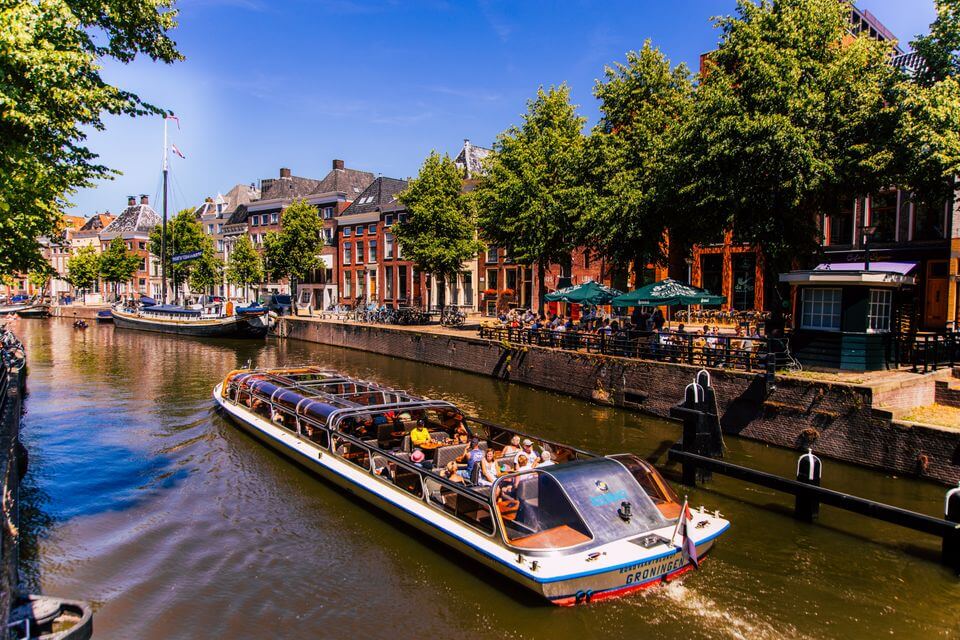
Groningen, Holland is known for its charming canals and many more charming boathouses that line them.
The canals are narrower than in Amsterdam and are peppered with ornamented, differently-styled boathouses. Some have gardens, balconies, multiple levels, or even paneling similar to a house. Except these residences are built on the water.
If you’re not busy admiring the boats and cute bridges that cross the canals, you’ll fall in love with the cobbled stone or brick pedestrian streets that put the cherry on top of Groningen’s cuteness cake!
And cute tea/coffee shops.
There is a cafe in town for everyone, from local to international. These little cafes are just too attractive for the ordinary student’s budget, with wide windows that offer you a glimpse of the warm, comforting lighting and modern interior decor, and I may or may not be guilty of dining myself to a latte macchiato or two.
Groningen is a fantastic gastronomic destination.
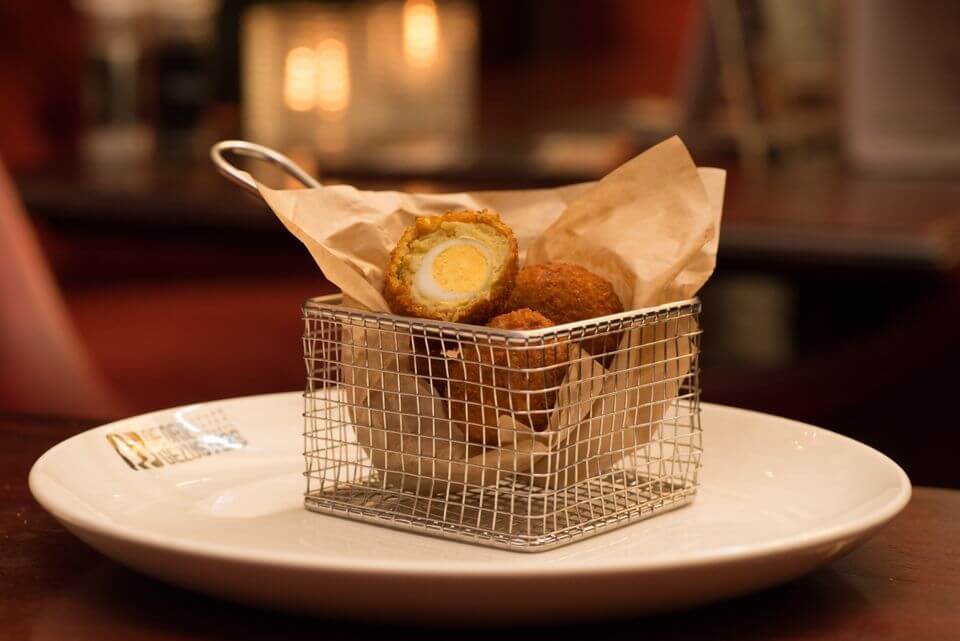
When your stomach grumbles after a day of visiting Groningen, it’s time to experience all of the wonderful delicacies Groningen has to offer. Groningen is a little Dutch city (population 190,000), but it boasts international cuisine options for every hungry tourist and all types of budgets.
Groningen has something for everyone, from elegant restaurants with live classical music to bistros, bars, noodle shops, and burger establishments.
Mr. Mofongo, which is directly adjacent to the Academy building (my university’s main structure) and offers a complete bar/restaurant with international food, is one of our faves. Test out the nachos or the Thai green curry soup!
Groningen offers several fresh local markets.
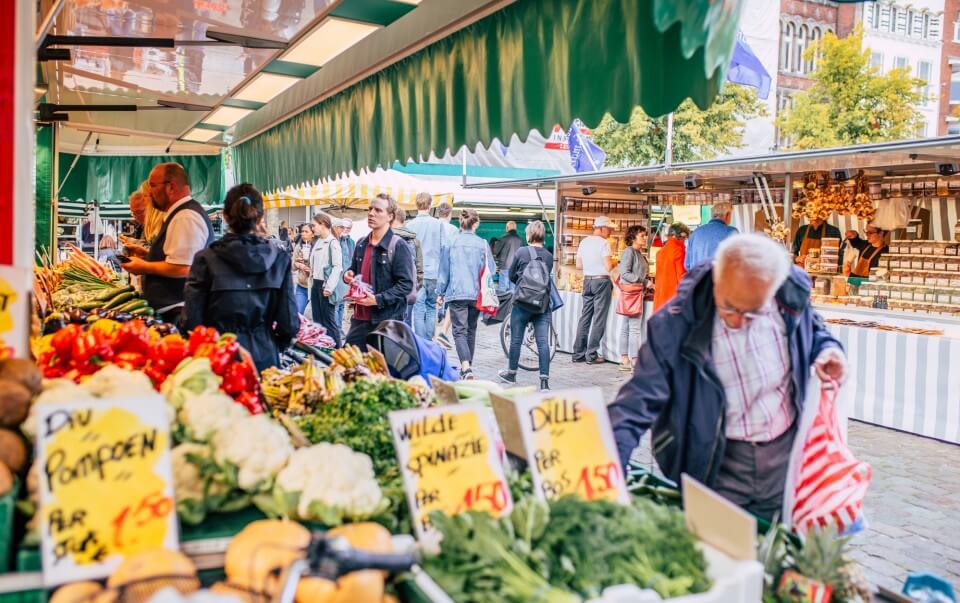
Don’t miss out on the many local stalls and shops that visit the Grote and Vismarkt! The Grote Market is held on the Vis Markt every Tuesday, Friday, and Saturday.
Even just taste the fresh nuggets (kibbeling in Dutch) that are quickly fried and sprinkled with a delicious spice. It will make you want to eat more well worth the trip to the market while in Groningen.
If you enjoy fresh fish, meats,bread, nuts, pastries, cheese, fruits and vegetables, flowers, or locally-made goods, visiting Groningen’s markets is a must!
Groningen is well located near the Dutch countryside.
Groningen, located in the north of the Netherlands, is just a stone’s throw away from the Dutch islands in the sea, Germany a few kilometers to the right, and, best of all, the flat, green Dutch countryside.
This city is not only the city’s name but also the province of Groningen. An hour’s trip will take you to breathtaking vistas of Holland as well as distinctive cities and attractions.
A short drive or a half-day bike ride will take you to the town of Geithoorn, where boats navigate a one-way canal or ‘highway.’
One of the most beautiful museums in the Netherlands is the Groninger Museum.
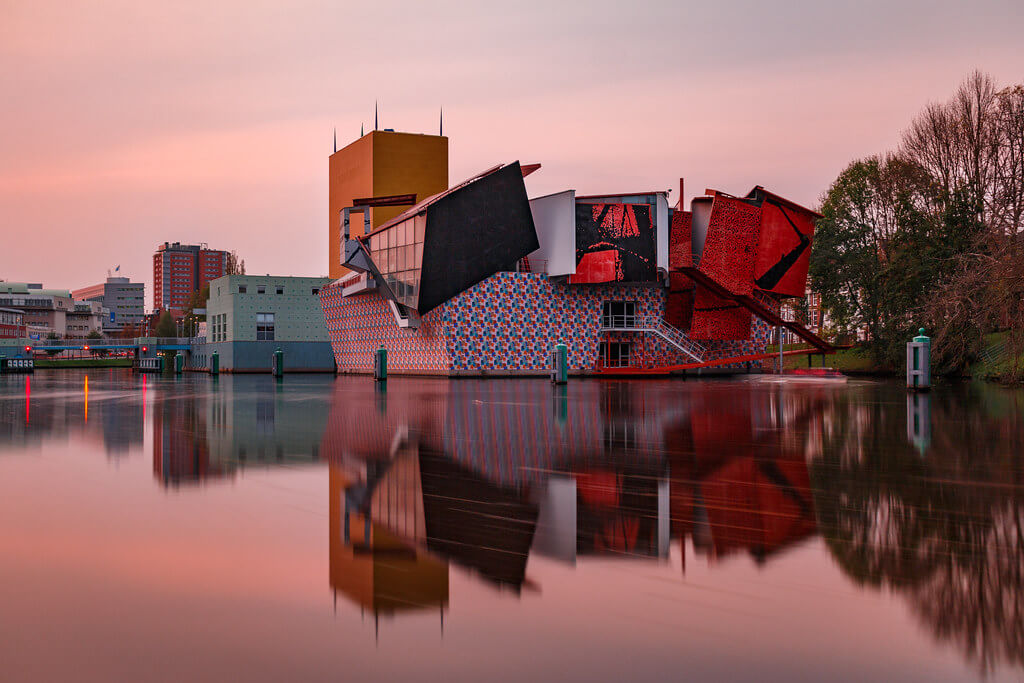
The Groninger Museum, founded in 1874, is still one of the Netherlands’ most technologically advanced art museums. Its three major pavilions, housed in a magnificent post-modern edifice on the banks of the Verbindingskanaal, present stunning exhibits of modern and contemporary art by local and global artists and works from the museum’s permanent collections. Year-round, there are numerous touring exhibits.
Highlights of its permanent collections include archaeological artifacts, portraits, regional arts and crafts, and applied arts, all of which focus on the history and culture of Groningen. Many superb specimens of Chinese and Japanese china and paintings are also included, as well as works by Groningen-born painters Jozef Israls and Hendrik Willem Mesdag. The museum’s well-known collection of Groningen silver is well worth seeing.
Try on a pair of clogs at the Eelde International Wooden Shoe Museum.
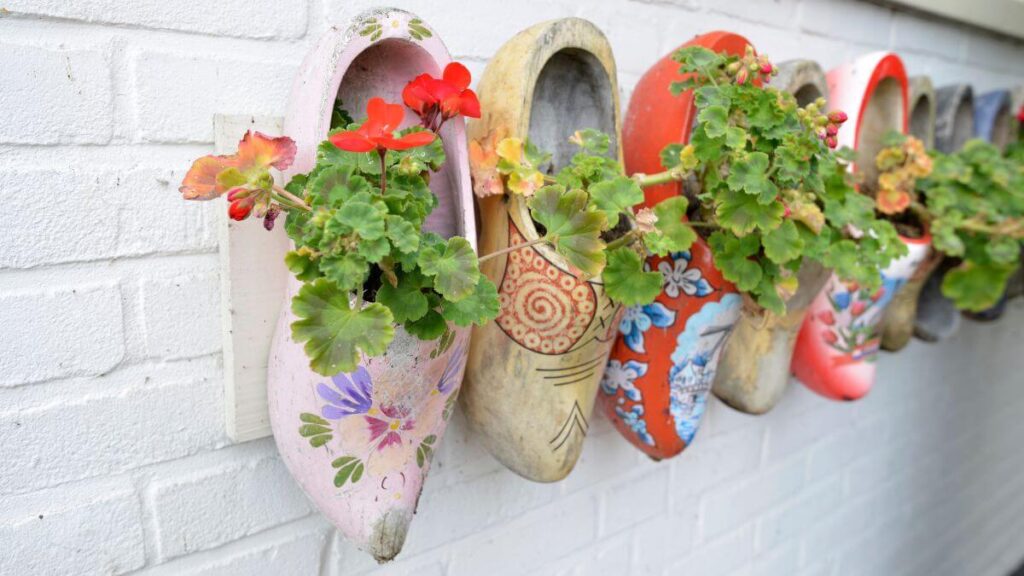
Few things say “Netherlands” like the country’s unique wooden shoes, often known as clogs (klomp in Dutch). The International Wooden Shoe Museum (Internationaal Klompenmuseum) in Eelde is an excellent site to learn about why this type of footwear has become so prominent in Dutch culture.
The site has examples of the machinery and techniques used to make clogs, including original tools used by the museum’s founders, who ran a family shoemaking industry here. It also has the world’s largest collection of wooden shoes, with examples from 43 countries worldwide, including a large number from France and Germany.
The historic town of Groningen is a fascinating destination.
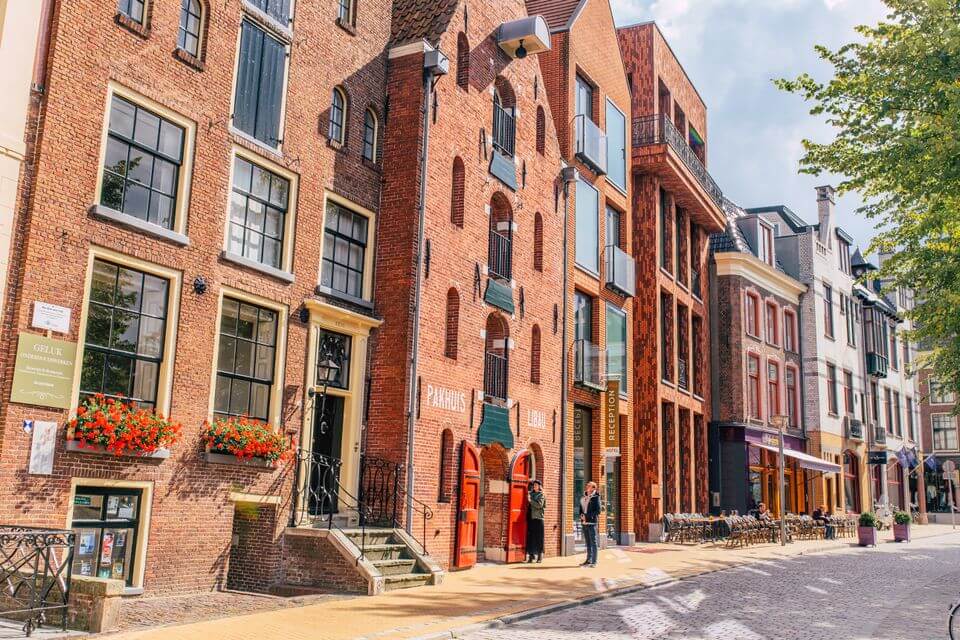
Old Town Groningen is a beautiful site to start your tour, with its various bike and pedestrian-friendly walkways and old squares. The beautiful early 19th-century Neoclassical Town Hall (Stadhuis) on the Grote Markt, and the outstanding Renaissance Gold Office (Goudkantoor) built in 1635, are highlights of a walking or bike tour of the city’s historic heart.
Another highlight is Huis Cardinaal, with its magnificent Renaissance façade from 1559. This lovely structure is also known as the “House of the Three Kings” because of the medallions on the gable depicting Alexander the Great, King David, and Charlemagne. The Prinsenhof, a former 15th-century abbey with exquisite 17th-century rose and herb gardens is also worth seeing.
Climb the Martini Tower and see Martinikerk.
Martin’s Church (Martinikerk), a magnificent brick-built Romanesque-Gothic basilica built in the 13th century, is a major landmark in Groningen. The former choir was rebuilt in the 15th century with a towering Gothic choir and an ambulance. While a chapel and sacristy were built on the north side.
Interior highlights include 16th-century wall murals in the choir and an ancient organ with components dating back to 1480. Visit at one of the church’s regular services or, even better, at Christmas for a truly unforgettable experience. The great organ is put through its paces on these occasions, joined by a full choir.
Top 10 Facts about Groningen, Holland
- To protect their interests, a city wall was built around Groningen.
- Martinitoren, the Most Important Landmark in the City
- The majority of Groningen’s population consists of university students.
- The local football club competes in the Dutch League.
- Groningen’s nightlife is vibrant and dependent on the student population.
- The Stadsschouwburg in Groningen is a large city theatre.
- Groningen has a number of historical and magnificent museums.
- Several Major International Sporting Events have taken place in the city.
- Groningen has one of the best public transportation systems in the world.
- Groningen’s political structure is democratic.
People also ask about Groningen, Holland
What is the age of Groningen?
Groningen was founded about 950 years ago and was granted city rights in 1245. Groningen was historically dependent on itself and adjacent regions due to its isolated location from the then consecutive Dutch centres of power (Utrecht, The Hague, and Brussels).
Why is Groningen so prosperous?
Groningen has the sixth largest GDP in Europe thanks to its natural gas fields. The city is the sixth-richest region in Europe, behind only London, Luxembourg, Brussels, Hamburg and Paris.
Is Groningen an affordable place to live?
Groningen’s living costs are also lower than in other Dutch cities. Groningen, for example, has 38% cheaper average rental prices than Amsterdam. The average cost of living is likewise 3.06% lower than in Amsterdam.
Groningen gets how cold?
The temperature normally dips to roughly -7 °C (19 °F) on the coldest nights of the month. In December 1996, however, it plummeted to -13.5 °C (7.7 °F). The temperature normally reaches around 12 °C (53 °F) on the warmest days of the month. In December 2015, however, it reached 14.5 °C (58.1 °F).
Is there a red light district in Groningen?
It’s just another day at work for the women in De Nieuwstad, Groningen’s red light district. They could be reading a book, conversing on their phone, or simply posing as random bystanders gaze.
Is there a beach in Groningen?
Groningen’s seashore, part of the Wadden Sea World Heritage Site, provides a level of peace and space uncommon to find elsewhere in Holland. Great beaches with views that extend past the sand banks and the uninhabited island of Rottum can be found here.
Unmissable Things To Do In Groningen, The Netherlands
Why is Groningen Excalibur the Greatest Climbing Wall in Holland?
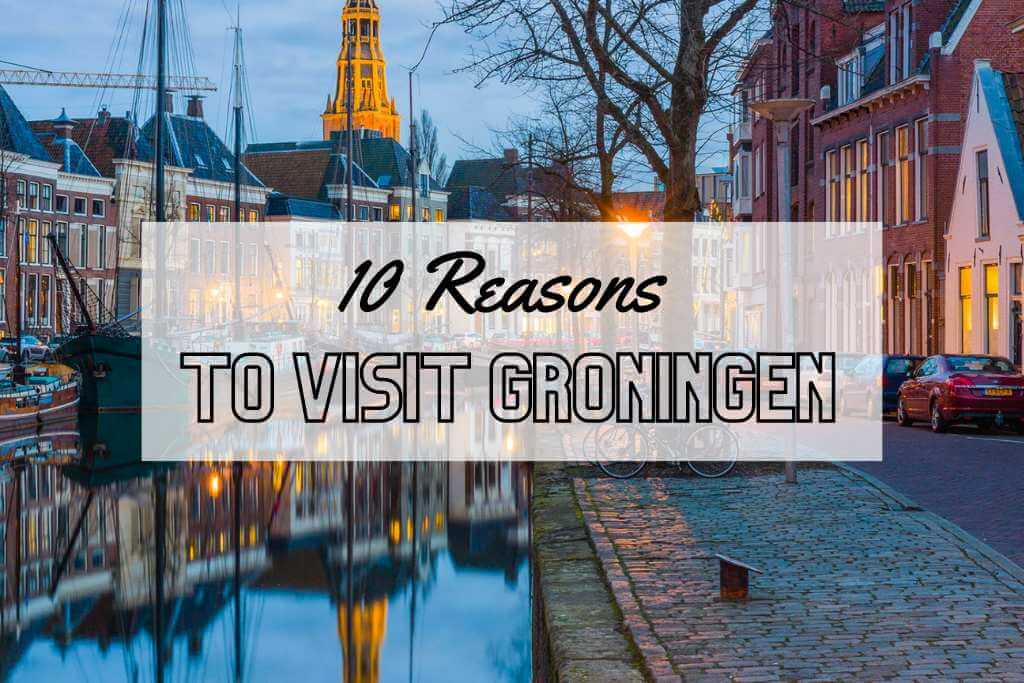
Groningen isnt Holland its in the Netherlands. Holland is where Amsterdam The Hague and Rotterdam is situated. It has 235.000 inhabitants and its the 6th largest city of the Netherlands. For the rest great article!